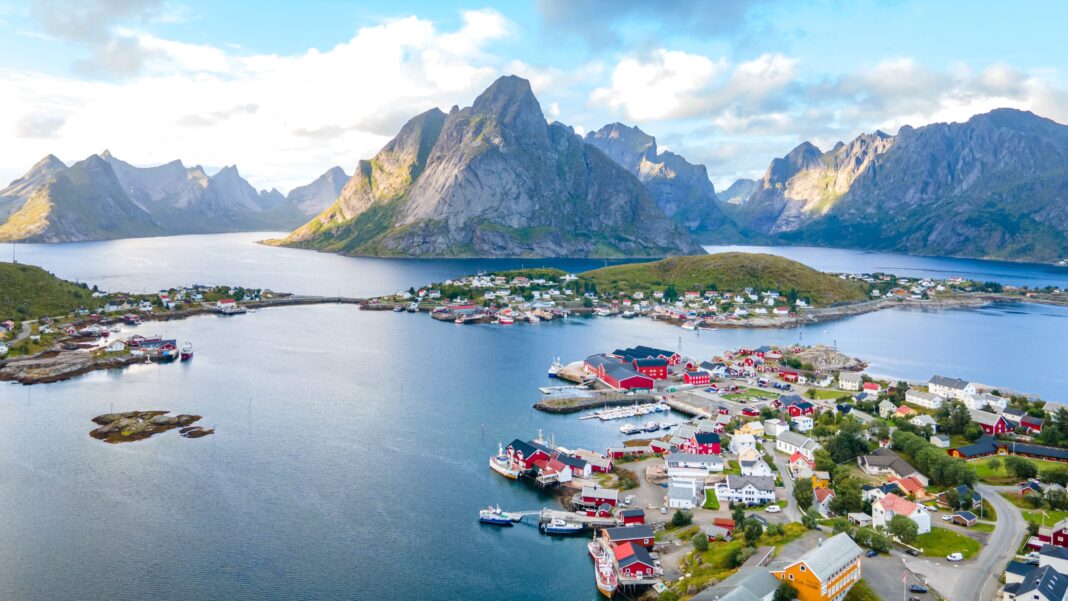There are few journeys in the world that can match the raw beauty, cultural richness, and sense of adventure offered by a road trip through the Nordic countries. From the modern charm of Helsinki to the mystical fjords of Tromsø and Lofoten, then downward through the cultural veins of Oslo and finally to the timeless elegance of Stockholm — this 3,500-kilometer journey is not merely a trip but an odyssey.
We drove across national borders, through forests, fjords, and Arctic plains. We met reindeer in Lapland, crossed undersea tunnels in Norway, and stood on the edge of the world in the Lofoten Islands. Our goal wasn’t just to see places — it was to feel them, live through them, and understand what makes the North so uniquely magical.
Helsinki – The Northern Launchpad
Our journey began in Helsinki, Finland’s capital — a coastal city defined by modern architecture, cultural elegance, and deep-rooted quietude. The plan was simple: pick up our rental SUV and head north, following the highways that would eventually lead to the Arctic Circle.
We spent two days in Helsinki. First, we explored the neoclassical Senate Square and the stately Helsinki Cathedral that stands guard over the city. The harbor-side Market Square offered a taste of Finnish street food — salmon soup and karjalanpiirakka (Karelian pasty). At night, the sun barely dipped below the horizon.
The city itself was cool and efficient. Locals moved with purpose. The streets were clean. Trams glided silently. The Design Museum and nearby shops gave us a sense of what Scandinavian minimalism truly meant. Our road trip was off to a polished, peaceful start.
We picked up the car — a reliable Volvo XC60 with all-wheel drive — and stocked it with camping gear, dried food, and warm clothing. Heading out of Helsinki, we hit the E75 and pointed the car due north.
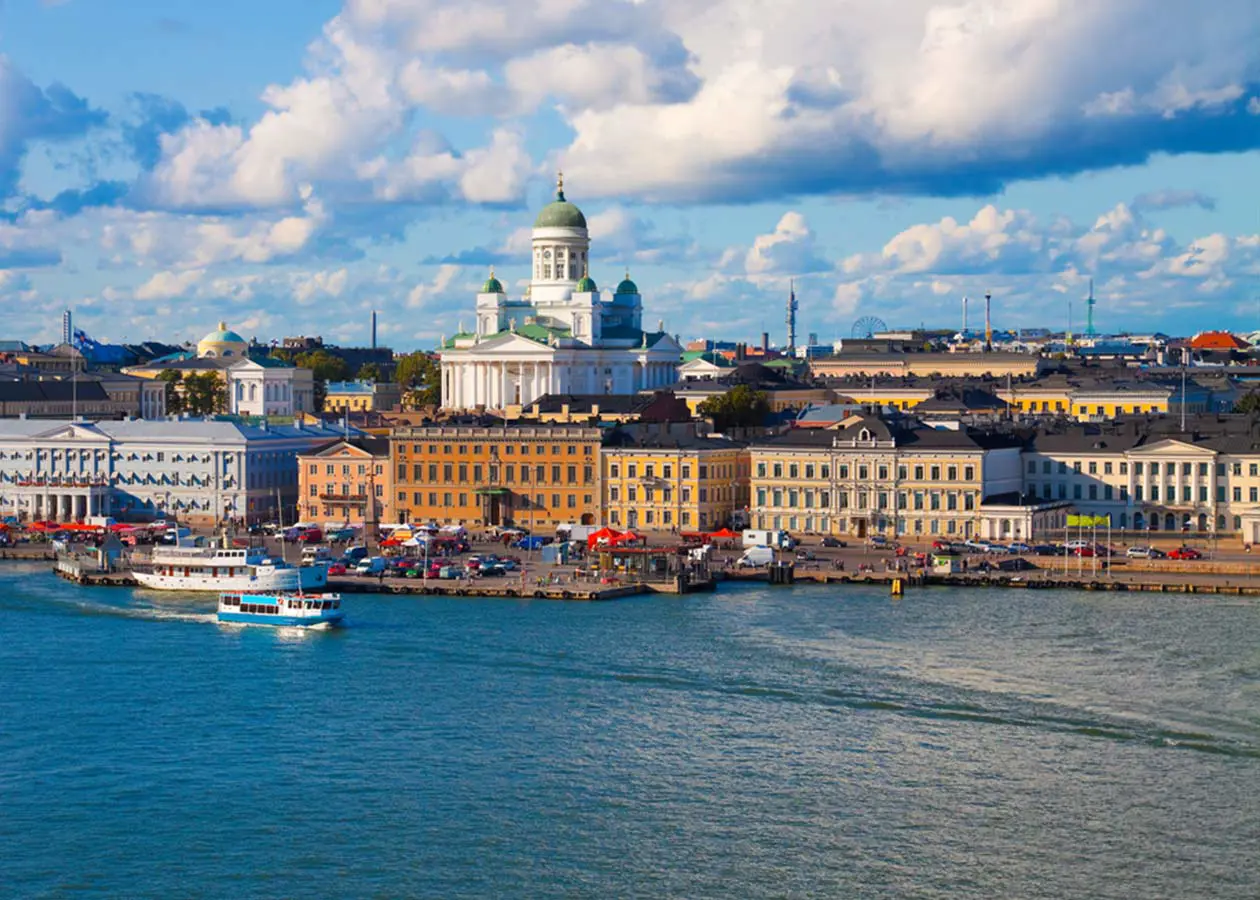
The Silent Drive Through Lapland – Rovaniemi & Beyond
The landscape began to change gradually. Birch trees turned to endless pines. Lakes appeared more frequently. Towns grew sparser. By the time we reached Rovaniemi, we were deep in Lapland.
Rovaniemi, the official hometown of Santa Claus, was a whimsical stop. We visited Santa Claus Village — not just for tourist kitsch, but to say we crossed the Arctic Circle. At the Arktikum museum, we got our first glimpse into Sámi culture and the history of Arctic exploration.
One night, we camped beside a lake near Sodankylä. The silence was overwhelming. No sounds of traffic, no hum of cities — just water lapping at the shore and the wind in the trees. At midnight, the sky was still bright.
Further north, the road stretched into nothingness. We saw reindeer grazing near the highway, their presence a quiet reminder that we had left behind the world we knew.
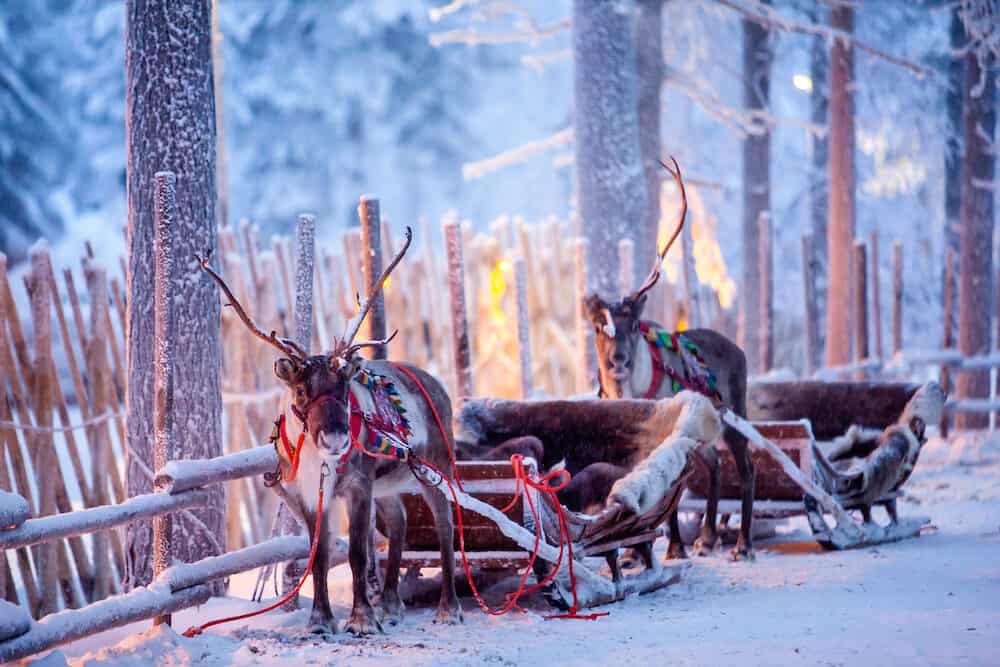
Arctic Circle and Into Norway – Kilpisjärvi to Tromsø
Near Kilpisjärvi, the terrain grew wilder. Mountains loomed in the distance. We passed Saana Fell, a sacred site for the Sámi people, and reached the border with Norway.
Crossing into Norway felt like entering another planet. The roads twisted through valleys. Snow still capped some peaks. Waterfalls tumbled down steep cliffs.
We arrived in Tromsø, a bustling Arctic city that seemed to defy its latitude. The streets buzzed with university students, scientists, and adventurers. We rode the Fjellheisen cable car to the top of Mount Storsteinen and watched the midnight sun cast a golden glow over the fjords.
At the Polar Museum, we learned about the gritty history of Arctic expeditions. Tromsø had been a launchpad for those brave (or mad) enough to head into the ice.
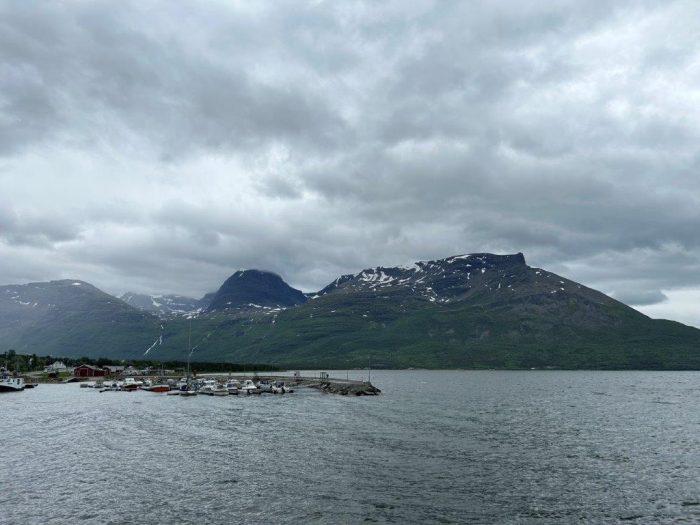
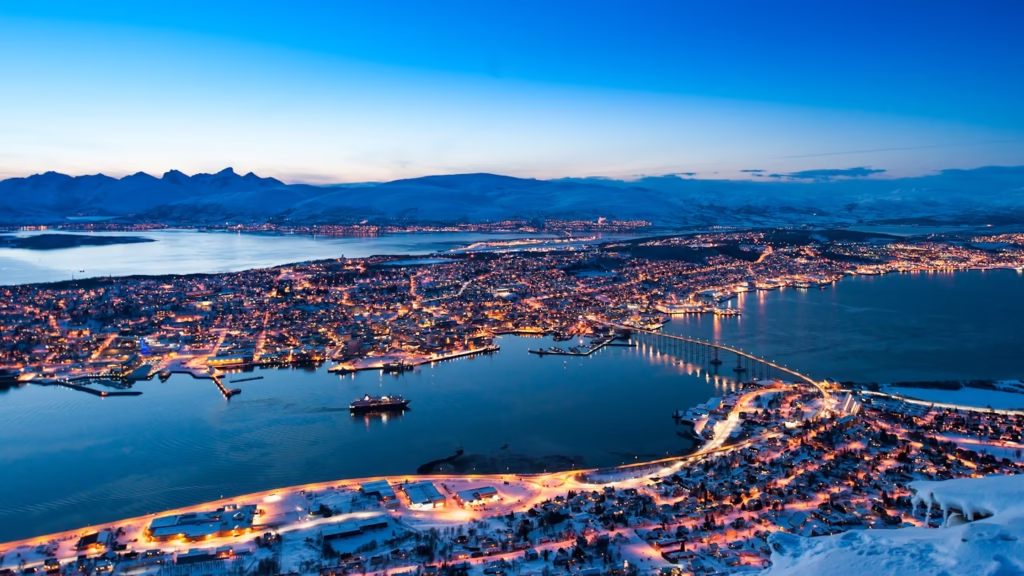
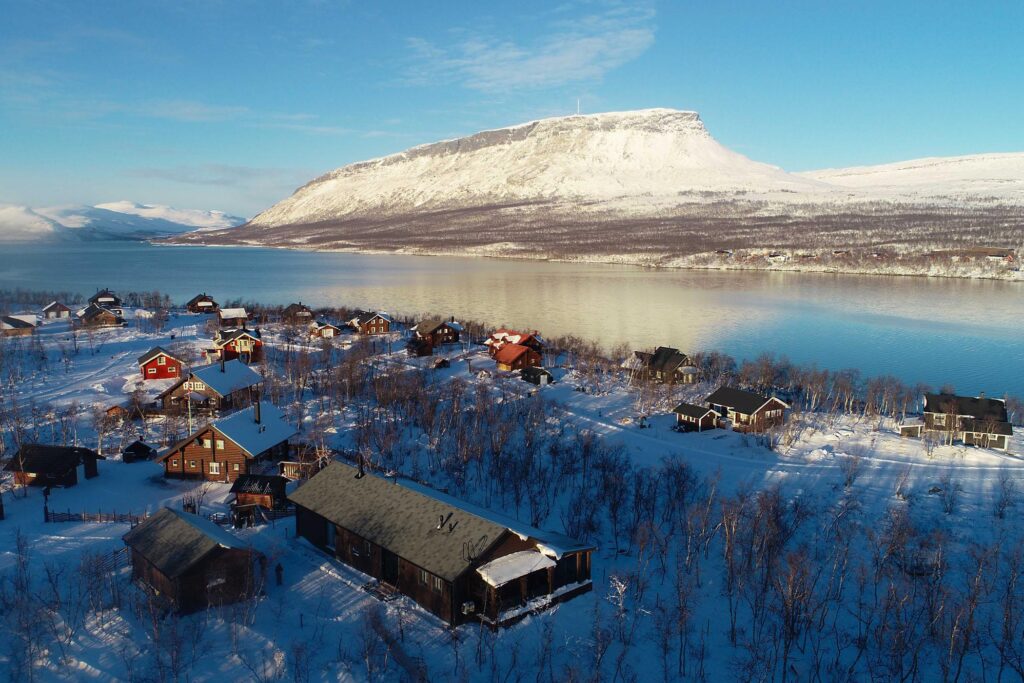
Exploring Tromsø – Arctic Culture and the Edge of Civilization
Tromsø deserves more than a passing glance. We stayed three nights. The Arctic Cathedral hosted a midnight sun concert — the acoustics and architecture were stunning. Locals chatted over beers on terraces, seemingly unfazed by the perpetual daylight.
We joined a small boat tour and explored the nearby fjords, spotting sea eagles and porpoises. At the MS Polstjerna, we saw an actual Arctic hunting vessel, preserved in its brutal, beautiful state.
Each night we walked by the water, stunned by the blend of serenity and grandeur.
To the Lofoten Islands – Fjords, Ferries, and Fishing Villages
We left Tromsø and headed southwest, weaving through mountain passes and tunnels. After hours of driving, we reached the port town of Bognes and took a ferry to Lødingen, the gateway to the Lofoten Islands.
The moment we entered Lofoten, it felt like stepping into a dream. Jagged peaks rose straight out of the ocean. Red fishing cabins dotted the shoreline. Sheep grazed on impossibly green meadows.
The E10 highway here is a wonder in itself — often hugging the cliffs, crossing narrow bridges, and offering unforgettable views with every curve.
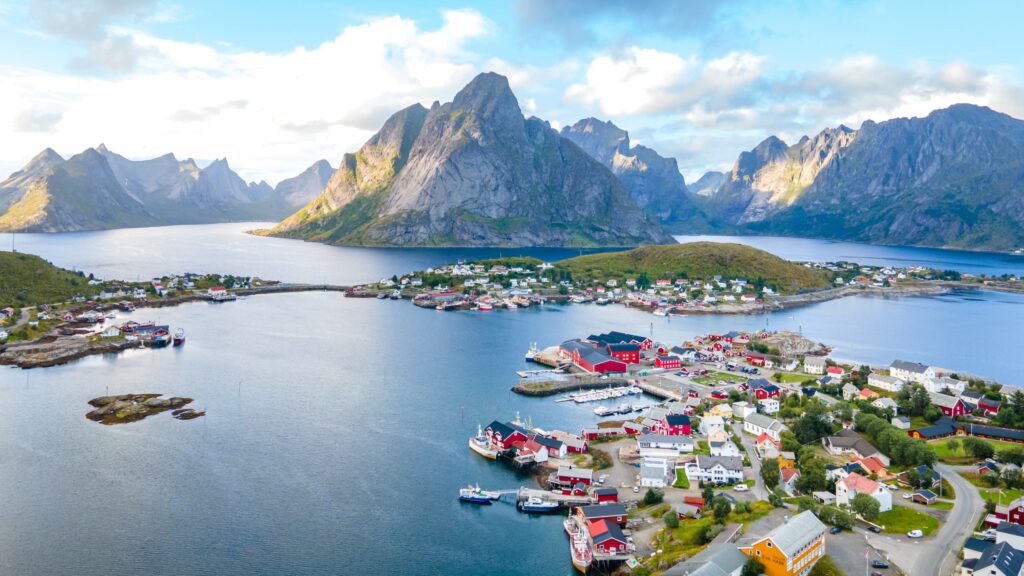
Lofoten – Postcard Perfection
We spent five days in Lofoten, hopping from village to village — Svolvær, Henningsvær, Nusfjord, Reine. Each seemed like a scene from a fairytale.
We hiked to Kvalvika Beach, hidden between cliffs and only accessible by foot. We kayaked in Reinefjorden, the still water reflecting snow-dusted peaks. One night we stayed in a rorbu — a traditional fisherman’s cabin — and cooked freshly caught cod.
In the town of Å (yes, it’s just one letter), we visited the Lofoten Stockfish Museum and learned how dried cod built the economy of these remote islands.
We slept very little — not because of discomfort, but because we didn’t want to miss a single sunlit minute.
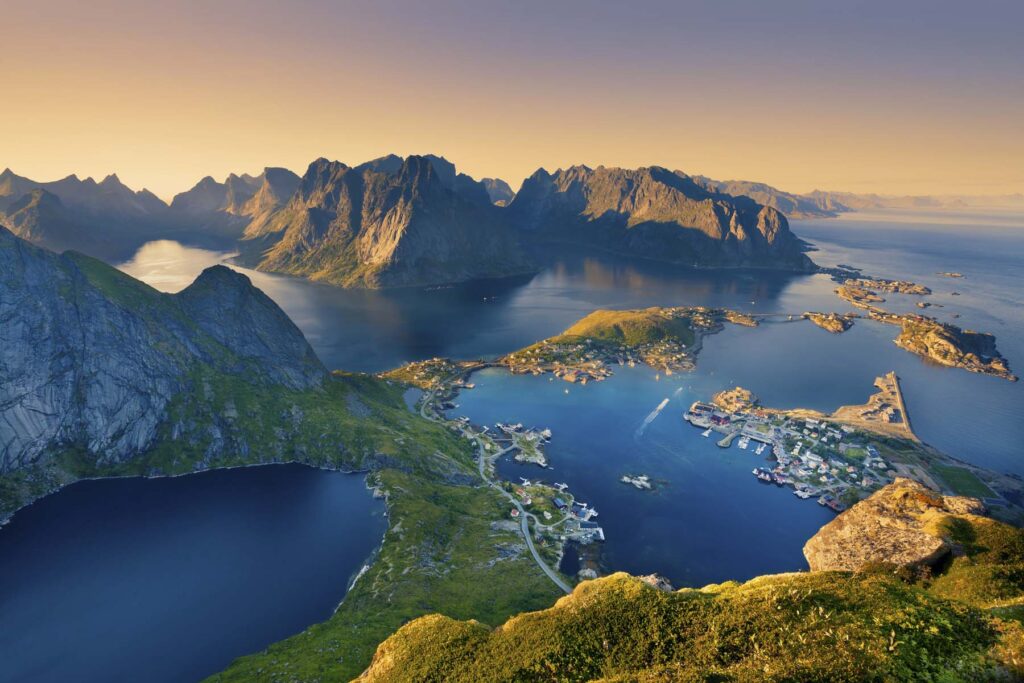
Skibotn – A Quiet Stop Under the Midnight Sky
After reluctantly leaving Lofoten, we headed back northeast. We made a detour to Skibotn, a quiet village nestled between mountains and the Lyngenfjord.
Skibotn is known for its unique dry microclimate. It’s sunnier than surrounding areas, a fact that made our campsite by the fjord particularly pleasant.
We met a Sámi craftsman who told us stories of reindeer migrations and ancient traditions. With no distractions, we simply sat by the water, listening to gulls and feeling like we were on the edge of the world.
The Long Descent – From Fjords to Forests, North to South
From Skibotn, we began the long descent through Norway. It took several days of mountain driving, ferry crossings, and picture stops.
We passed Narvik, crossed into Swedish Lapland briefly, then dipped back into central Norway. Along the way, we stopped at Trondheim — a Viking-age city with a stunning Gothic cathedral.
The landscapes changed again: pine forests returned, then rolling farmland. The roads became wider, the towns busier.
Oslo – Nature Meets Modernity
By the time we arrived in Oslo, it felt like returning to civilization. The capital of Norway is green, clean, and modern.
We explored the new MUNCH museum, walked through the interactive exhibits of the Nobel Peace Center, and wandered in Frogner Park among Gustav Vigeland’s surreal sculptures.
Aker Brygge, the redeveloped waterfront, buzzed with life. We tried shrimp sandwiches and reindeer hotdogs, took ferries to nearby islands, and watched locals jump into the fjord for evening swims.
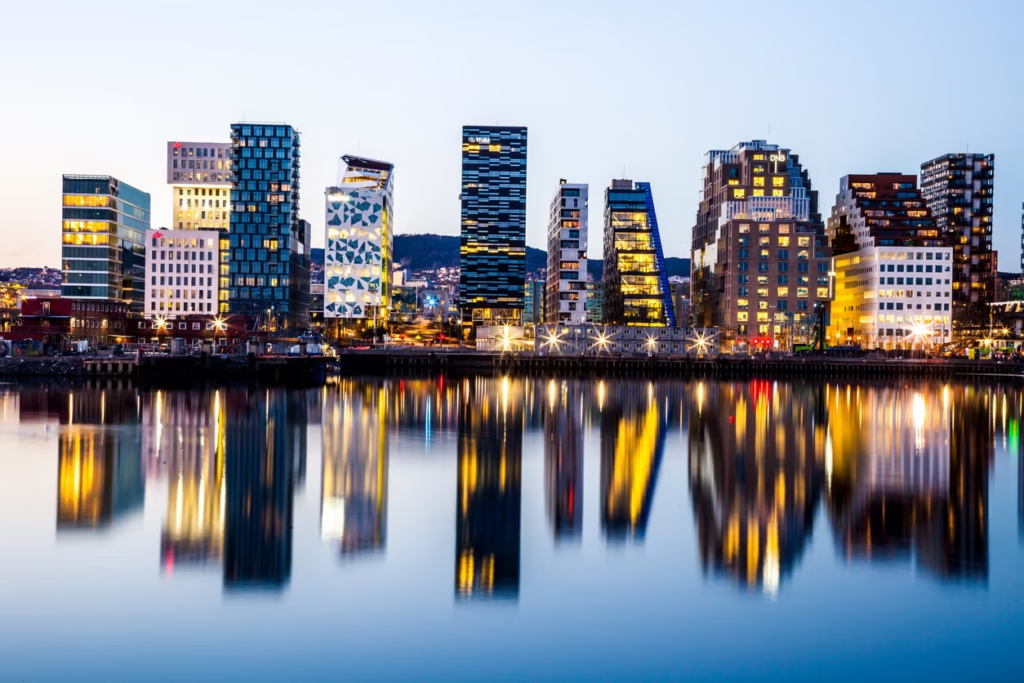
Final Ascent to Stockholm – The Grand Nordic Goodbye
The final stretch of our journey took us to Stockholm. Crossing the Norwegian-Swedish border felt like passing into a gentler landscape — flatter, greener, more pastoral.
Stockholm was love at first sight. Spread across islands and connected by bridges, the city felt open and fluid.
Gamla Stan, the Old Town, was a labyrinth of cobbled alleys and ochre-colored buildings. We toured the Royal Palace, then the Vasa Museum — home to a perfectly preserved 17th-century warship.
In the evening, we strolled along the waterfront at Djurgården and enjoyed fika — the Swedish ritual of coffee and cinnamon buns.
Our last night was quiet. A mix of exhaustion and awe hung over us. We had crossed forests, fjords, mountains, and cities. We had seen reindeer and kayaked in Arctic waters. We had felt the North.
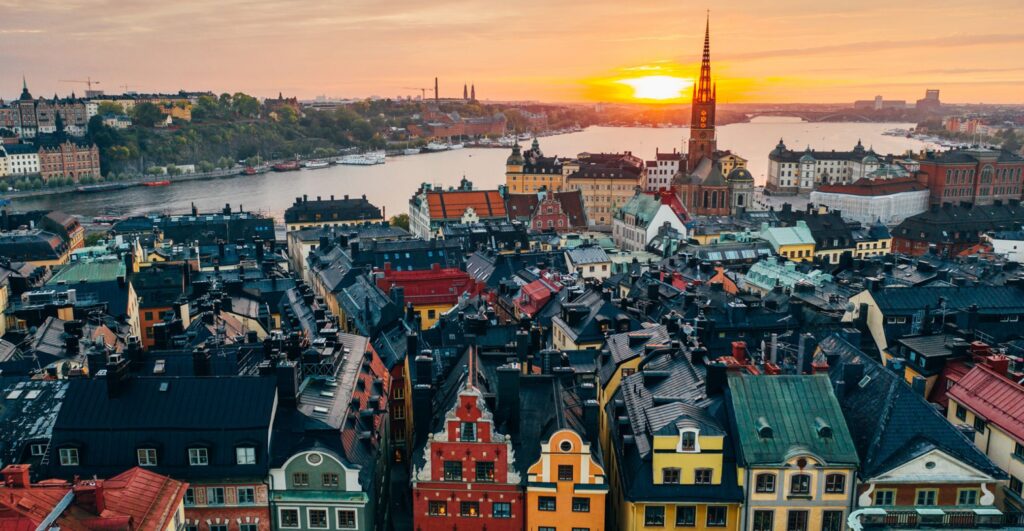
Costs, Planning & Pro Tips
- Car rental (18 days): ~€1,200 (Volvo SUV)
- Fuel: ~€650 (gasoline is expensive in Norway)
- Accommodation: €1,200 (mix of hotels, cabins, and camping)
- Food: €700 (groceries + occasional dining out)
- Ferries and tolls: ~€350
- Total budget: ~€4,000–4,500 for two people
Tips:
- Book ferries and accommodations in advance during summer.
- Always carry cash/cards for remote gas stations.
- Download offline maps and check road conditions daily.
- Be prepared for quick weather changes.
Reflections – Why Everyone Should Drive the Nordics at Least Once
This was not just a road trip. It was a sensory immersion into the northernmost reaches of Europe. We were never bored. Every hour brought a new vista, a new challenge, or a new story.
From the organized calm of Helsinki to the haunting beauty of the Arctic, from the cultural vibrance of Oslo to the maritime elegance of Stockholm — this was a journey that changed our idea of travel.
You don’t drive the Nordics to rush. You drive them to remember what silence sounds like, what raw nature feels like, and what it means to move through a landscape that has shaped human history and still humbles the modern traveler.
If you ever have the time, the courage, and the curiosity — point your compass north. The road is waiting.

